In the mass, too, God makes Himself a passive thing, to be held and moved and broken by the fingers of the priest. And you see that powerlessness…But to every human being God gives a similar terrifying power over Himself: the power to reject Him…Power is a commonplace—and, to some, an attractive—thing; yet how terrifying also, when we reflect upon it. A man has power over himself, over other men, over other creatures, and over God Himself: he has power, in small ways or in great, to change history; he has power to save or ruin souls.
Father Vann utilizes the Pieta as an example of God making Himself powerless. I recall reading years ago about the scaling of the Michelangelo statue. Mary is mammoth in size, towering over her Divine Son. Christ, the Saviour, is reduced in size, seemingly powerless as a corpse. The scaling is abnormal. Mary is too large for Jesus. Realistically, dimensions do not make sense. Mary, the human, is too large. Jesus, the Divine, is too small. Carefully examine the statue. The human mother, the contemplative model par excellence, the Queen of Heaven, the Seat of Wisdom, possesses the largeness of particulars, the power to define eternity. Her size represents the powerlessness of God in the hands of humans. Mary is granted power. She determines, to express compassion, absorb herself in love, an absolute focus upon her Divine Son. She is the example of a human life fully lived in surrender and obedience, turning the power God allows into a reflection back upon the majesty and might of God. Love is returned to love. The circle is complete. We humans reign over fate. Our own and others. God lays Himself low for us. Through sheer love, God graces us with power.
It is easy to use power over others irresponsible: for the pleasure or prestige or self-aggrandizement…It is easy to use it selfishly: turning people into a means instead of ends, means to our own profit, our own good, instead of setting out ourselves to achieve theirs. There may be a temptation to use it cruelly, for the dark pleasure that cruelty itself gives; or with that particular sort of inhumanity which puts more store on patterns than on persons, on the neatness and efficiency of a scheme instead of on the uniqueness of every individual soul. Power, in this sense of authority, petty tyrannies, officiousness (unwanted aggressive counsel), or righteous impersonality; and it corrupts for the same reason: it is divorced from love.
…….
Yet the power is given to us; we cannot be rid of it. Authority has to be exercised; personal gifts have to be used. How can we attempt to make sure that our use of power will not, in fact, be an abuse? Only by making ourselves powerless before God, as the dead body of Christ was powerless only by becoming “stripped and poor and naked” within our own souls, so that the Spirit can invest us with His divine power and transform our impulses and cure our pride. –Father Gerald Vann ‘Mary’s Answer for Our Troubled Times”
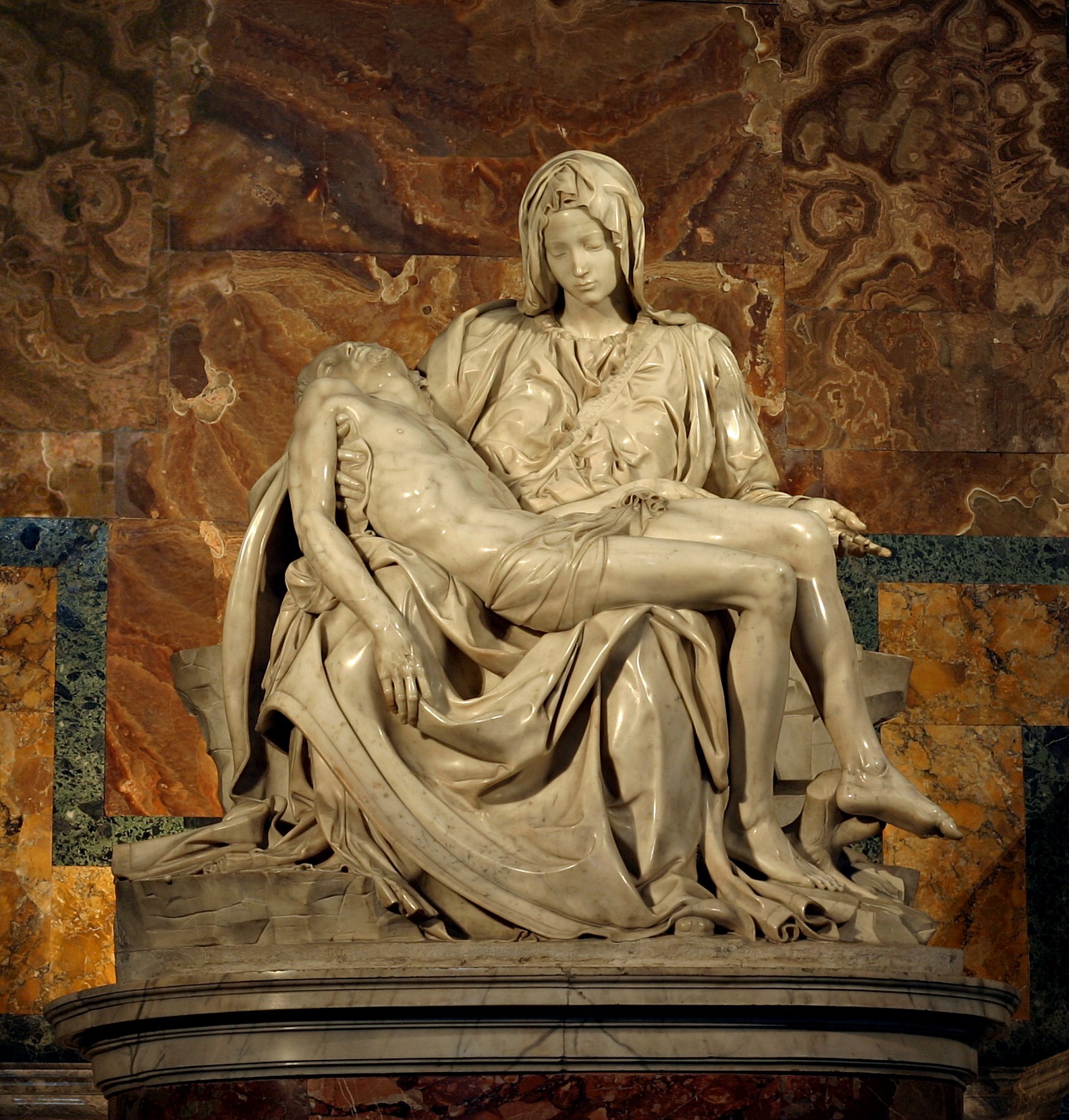
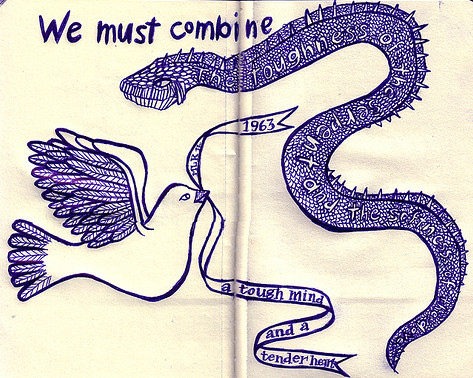
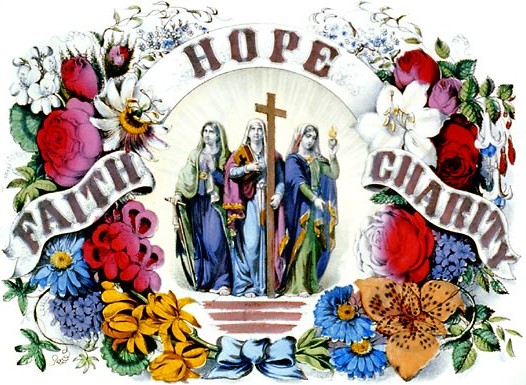

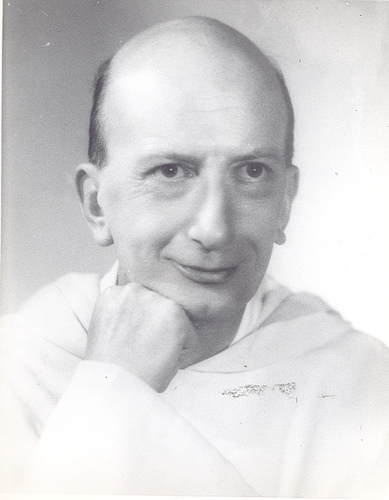
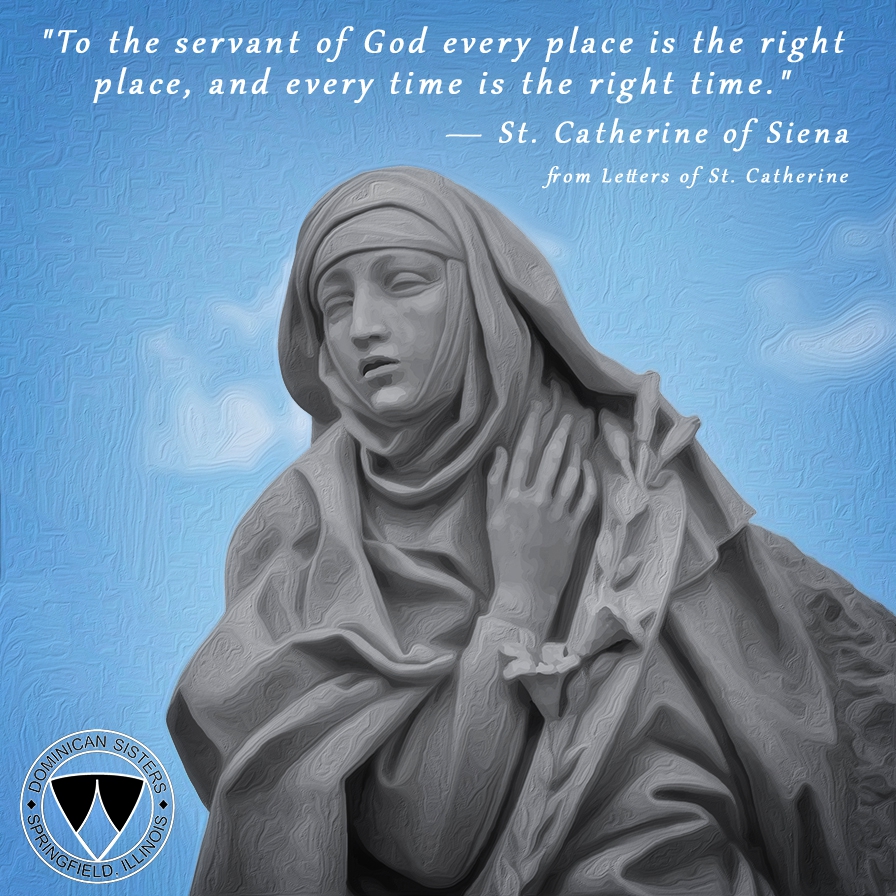

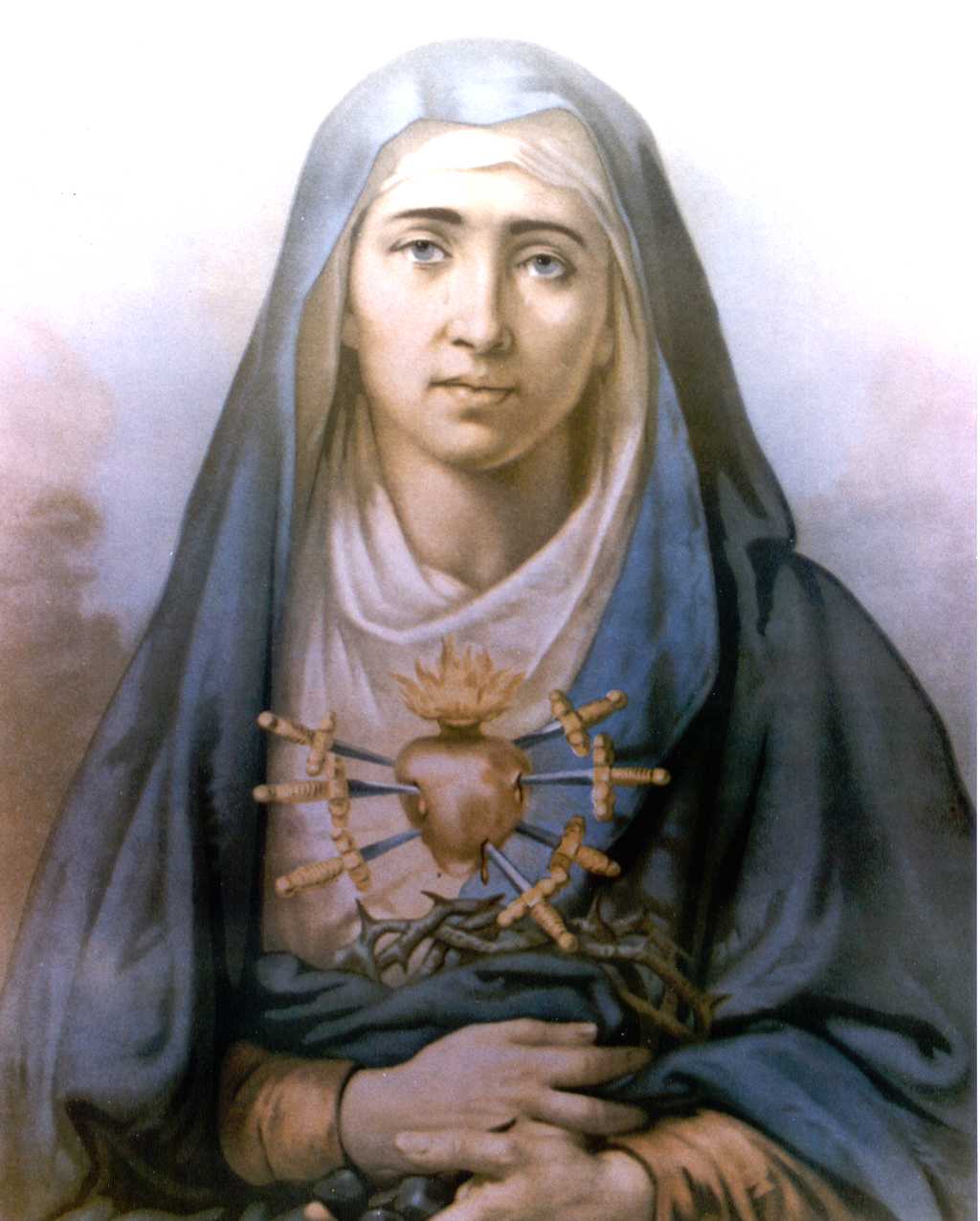

Recent Comments